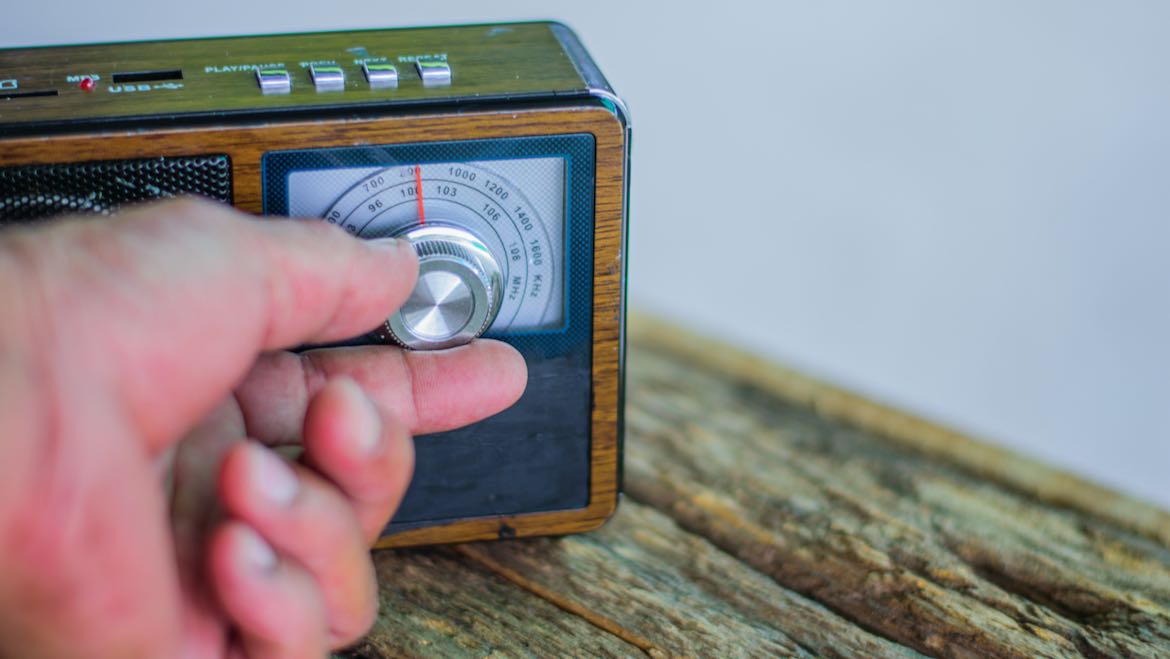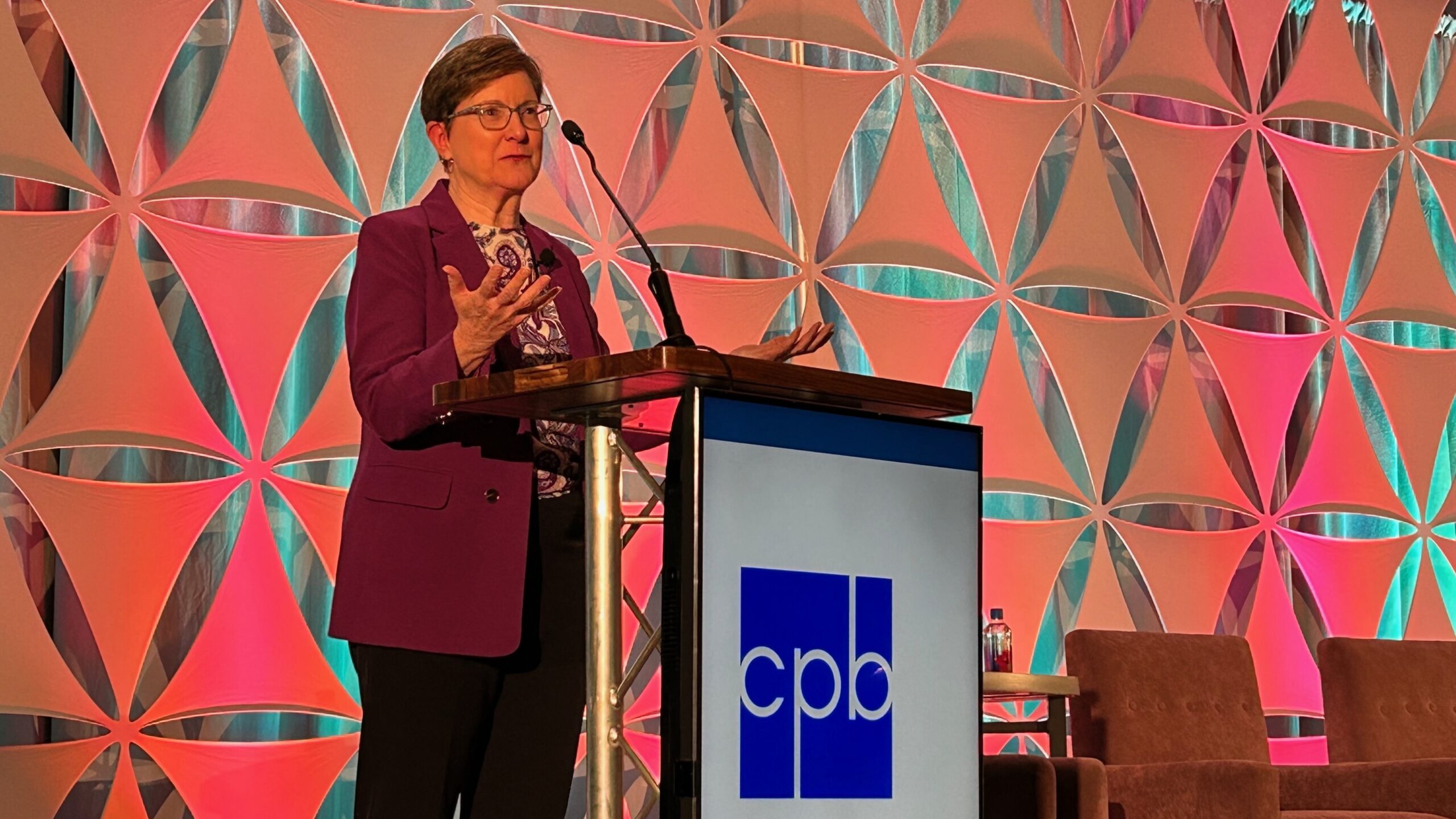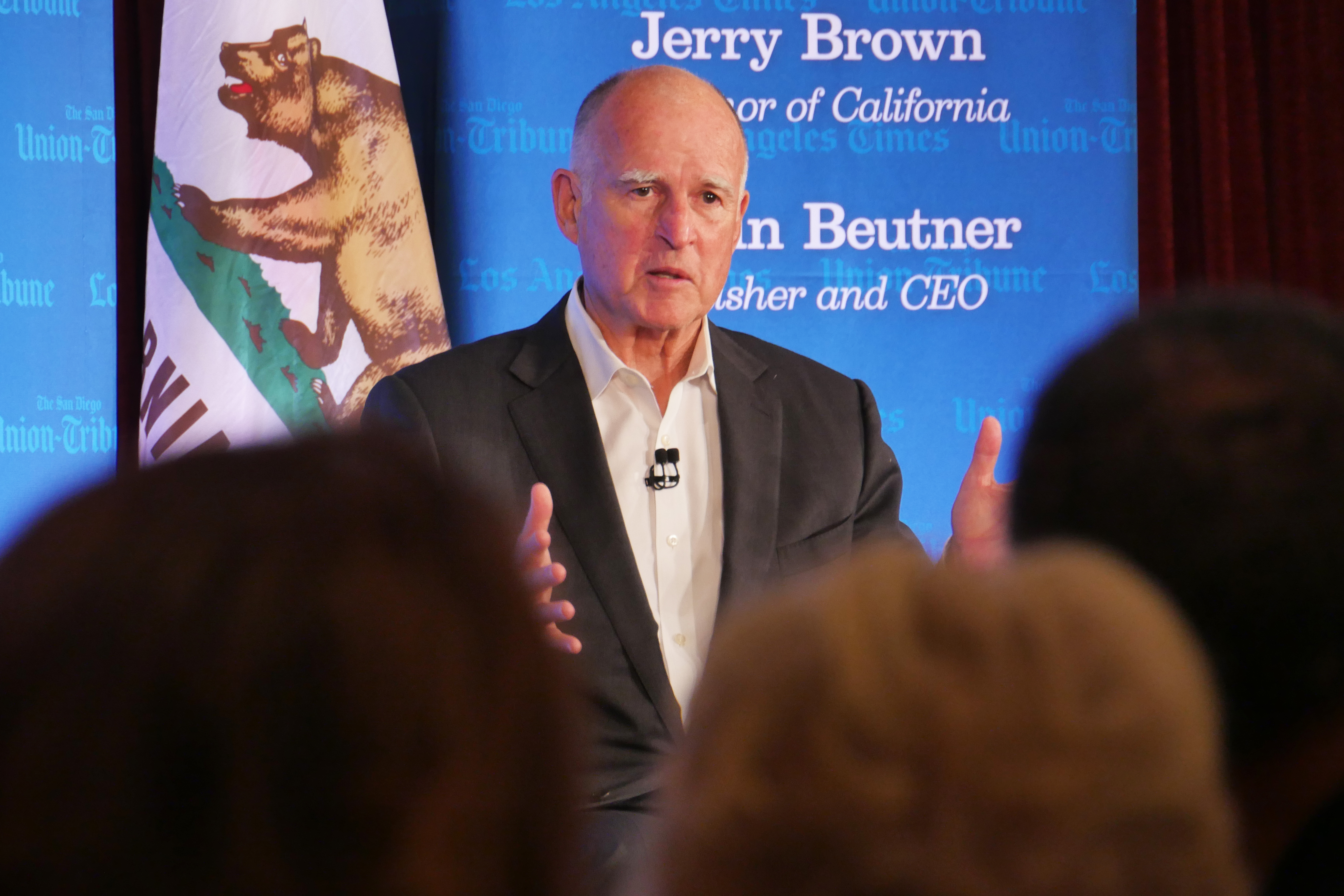Giovannoni: Listening dynamics of core NPR News listeners ‘are shifting in the wrong direction’

chandchand / Shutterstock
April 2020. It used to be that half of all listening to NPR News stations took place outside of the home. Indeed, until recently six in 10 tune-ins to NPR News stations occurred outside of the home. Then in April Americans curtailed their out-of-home activities in response to the COVID-19 pandemic. Without daily opportunities to listen in cars and offices, more than half of NPR News stations’ away-from-home tune-ins disappeared, taking with them 15 million out-of-home listener-hours.[1]
We might have expected listeners to pick up the slack at home. Some did, but their aggregate increase of only 2 million at-home listener-hours left NPR News stations about 13 million listener-hours short — a loss of a quarter of all listening to NPR News stations.
Hardest hit were Fringe listeners. Both Core and Fringe listened less to NPR News stations (21% and 38% respectively). But as Fringe listeners tune in less frequently, the loss of out-of-home opportunities removed a larger portion of this segment from the weekly cume; 43% of the Fringe “left the audience” compared to only 6% of the Core.[2]
This changed the very nature of NPR News stations’ audience. It was suddenly super-saturated with Core listeners who were an extraordinary 81% loyal to their NPR News stations.[3] Their demographics were unchanged — they were not older or younger, nor more or less concentrated in any sex or race. A singular trait distinguished the remaining Super Core from the normal Core: its remarkably high reliance on NPR News stations.
May 2020. Overall listening levels remain stable as pandemic-induced behaviors first seen in April solidify. Without the daily commute, listening starts later in the morning. There are no “tentpoles” to feed Morning Edition and All Things Considered, yet loyalty to the programs remains strong. Loyalty to midday and weekend programming is up due to higher reliance by the Core.
June 2020. Although some Americans spent significantly more time outside of their homes in June, NPR News listeners stayed on the cautious trailing edge. Their out-of-home listening to NPR News stations did grow by 4 million listener-hours per week over April — a 34% increase, but nowhere near the eager efforts of the general population to return to pre-COVID routines.[4] Moreover, this gain in out-of-home listening was offset by a loss of 4 million listener-hours per week at home.
Close to a million “lost” Fringe listeners reentered the weekly cume in June. But they listen only an hour per week on average, which barely affects station use overall.
A most troubling signal is being sent by the Core. Its size is virtually unchanged since April. But its listening dynamics are shifting in the wrong direction. Its use of competitor stations has increased 15 minutes per week, and its time with NPR News stations has declined 8 minutes per week. Overall its listening to competitors has jumped 25%, lowering its extraordinary loyalty of 81% in April to 77% in June.
In sum, the headlines three months into the pandemic aren’t encouraging. The Core’s reliance on NPR News stations is still strong but weakening. It is unknown whether these essential listeners find NPR News stations less listenable, less compelling or less relevant than in April. What is known is that they are finding other stations more competitive.[5] The Fringe is creeping back as out-of-home listening opportunities allow, but as yet they amount to too few people doing too little listening to make an impact. These dynamics leave NPR News stations with gross listening levels essentially unchanged from their April plunge.
Welcome to COVID Normal.
David Giovannoni is a sustaining member of NPR News stations’ Core. He was a student of public media’s audience, programming and economics back when it was called public radio. His AudiGraphics services are available through Audience Research Analysis.
- This analysis is based on 91 stations in 45 markets measured by Nielsen’s PPM – about half of all national listening. Full national data will be available to AudiGraphics subscribers in August. ^
- Most remained in the audience – quite likely in the monthly cume but not in the weekly cume. ^
- See George Bailey’s analysis in Current. ^
- “U.S. traffic has rebounded to about 90 percent of pre-pandemic levels, analysts say.” ^
- Portable People Meters measure reception by broadcast and IP streaming via browser and smart speakers. So by “competitors” we mean radio stations, not podcasts or other media. ^








The return of pledge drives is one possible explanation for the Core audience results in June.
I depend on internet NPR and the the NPR evening news hour for what T consider honest, unbiased information. My family are members of WSKG. our local NPR station.We contribute to WSKG the biggest portion of our charitable donations. Please, please continue to your work and we’ll continue to do the best we can.
Who are the competitors? NPR Music Stations? Perhaps this is just an indication that the news is so oppressive these days that people really need a break from it.
Hi Dorothy — the author tells us that the only defining characteristic of the competitors is that they’re not NPR News stations. So some may be NPR music stations, but other formats may also be included.
Some random thoughts …
1) The extraordinary nature of the pandemic, possibly the most disruptive event in the nation’s recent history since the start of World War II, may still have additional surprises in store as geometric growth of the disease further influences behavior and curtails household disposable income. Eventually, the latter is bound to have some effect on PUMM composition as people have to cut expenses. That may bring more people back to our service.
2) Were I programming a station that receives relatively quick feedback via PPM data in the Eastern, Central or Mountain time zones, I might experiment with extending Morning Edition until 10am while strengthening my noon hour service, a strategy that has served commercial news-talk stations quite well. Other than tweaks of this nature, I don’t see enough data from my programmer’s perch to make any major pivots. All I can do for now is to ensure that I’m adequately promoting my digital channels, all of which have been on a tear since mid-March.
3) One last speculative observation … we seem firmly on track to a history-making political year, with COVID deeply woven into the nation’s political conversation. Listeners — core and politically-engaged fringe — will certainly give us our usual quadrennial lift as this story advances toward Election Day. Plus, there are now serious people wondering about the prospects for a peaceful transition of Presidential power. These factors play to our strengths and I am optimistic our content will bring many of those lost listeners back. All of them? No. But enough that I’m willing to be patient and stay the course.